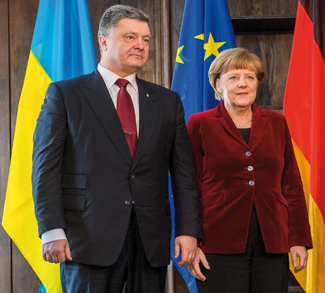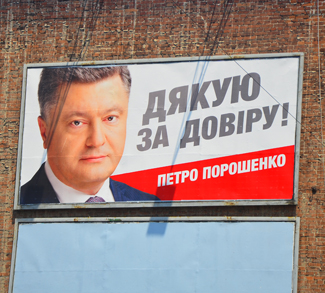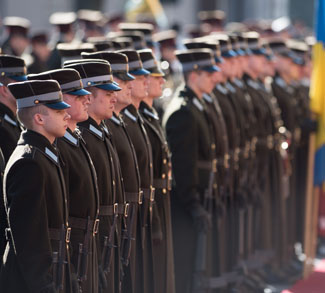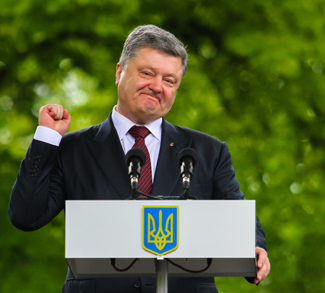Summary
The current state of the Ukraine conflict – that of large, self-governing rebel enclaves along its eastern frontier with Russia – is starting to look more palatable over the long term to Kiev and the EU than it does Russia. Thus, to move the negotiating process forward, Moscow appears to be signaling once again along its border with Ukraine, this time on the Crimea Peninsula.
The result has been an escalating war of words from both sides, and should current trends continue, this ‘cold’ conflict might not stay cold for much longer.
Impact
Rising Tensions in Crimea. It’s safe to assume that Russia is not content with the status quo in Ukraine, that of the languishing implementation of the Minsk II accords, daily ceasefire violations, and above all, EU sanctions against Russia, sanctions that will not be lifted until the conflict is resolved.
This dissatisfaction with the status quo is a starting point to understanding the events of last week, when the Kremlin accused Ukrainian forces of a cross-border op into the Crimea that claimed the lives of two Russian serviceman. Predictably, the Ukrainian government denied these charges. This and subsequent accusations by Moscow of Kiev “embracing the tactics of terror” were met head-on by President Poroshenko, who put troops along the border with Crimea on alert and even hinted at the possibility of martial law in the event of a new, direct conflict with Russian forces.




